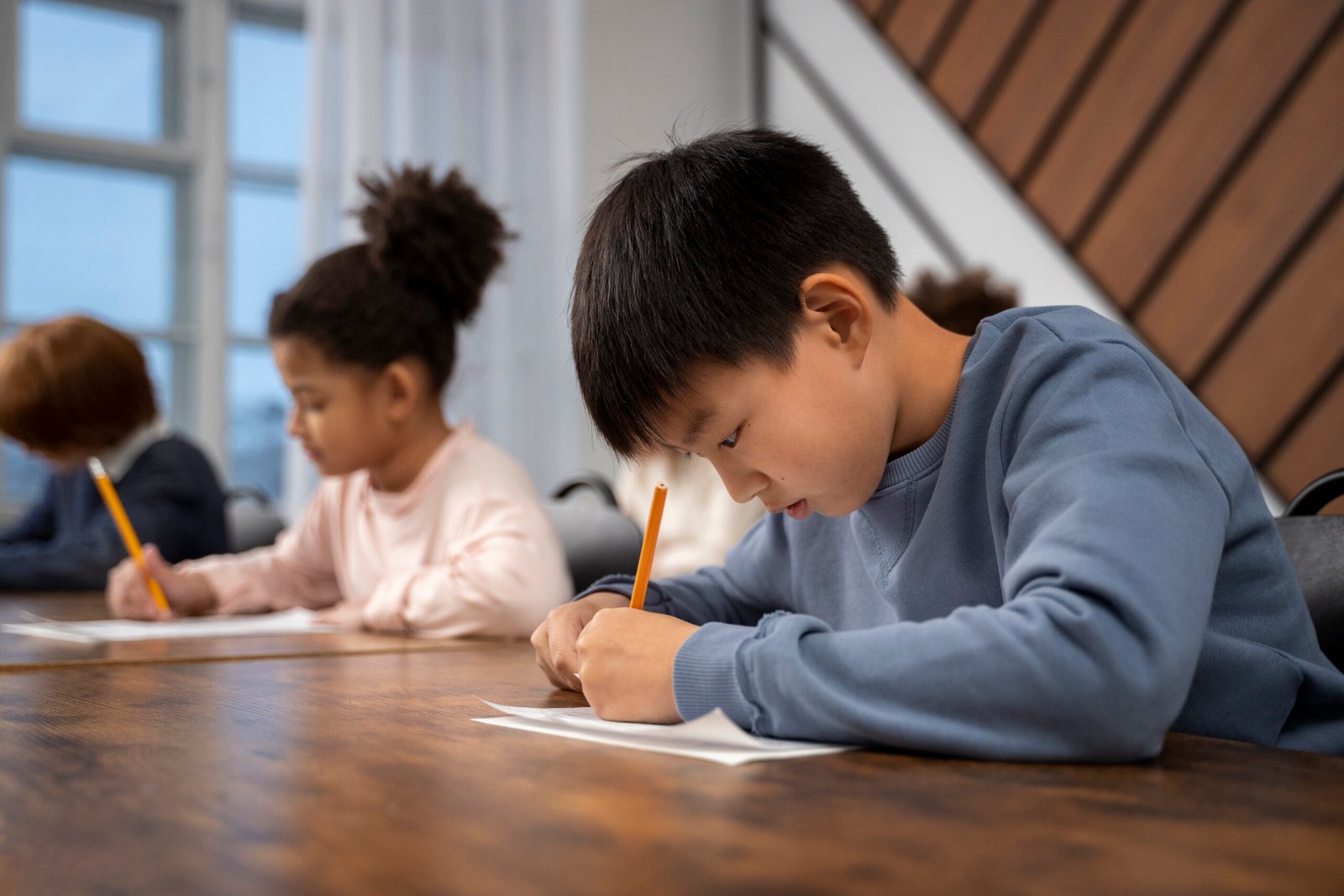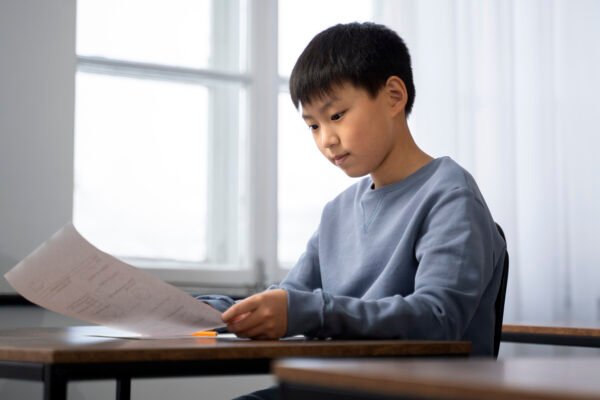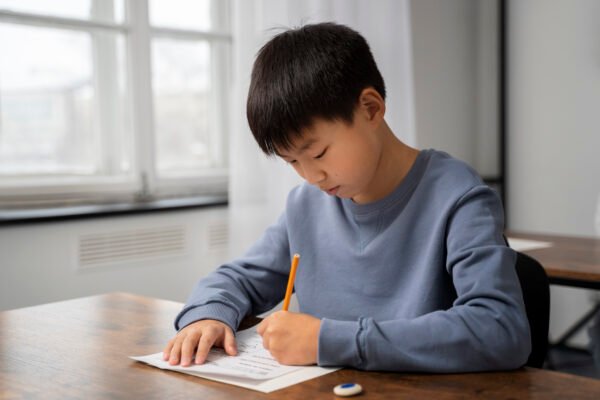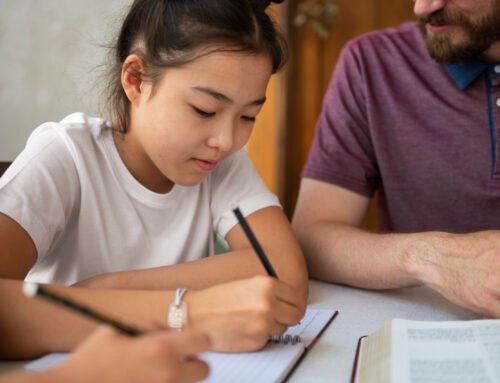Common Vocabulary in the YCT Chinese Test Level 1
Common Vocabulary in the YCT Chinese Test Level 1

If you’re currently preparing for your child’s first Youth Chinese Test (YCT), this article might be perfect for you. YCT for level 1 is designed to assess beginners in understanding simple Mandarin. At this stage, children will be introduced to essential phrases and words, consisting of 80+ Chinese words that they need to master before taking the test. Mastering these phrases and words are highly important to help children grasp the foundation for conversations in Mandarin. In this article, we will learn about the vocabulary list and English meaning that your children need to master to pass the YCT level 1 test.
YOU MIGHT ALSO LIKE: Complete Guide to the YCT Chinese Test: Levels, Preparations, Study Tips
YCT Vocabulary List for Level 1 (with English Meanings)

As the first level that your children will learn, YCT level 1 is fairly easier to digest than the other levels. As the aim is to get children to become familiar with Mandarin, YCT Test Level 1 consists of 80 new words to learn. Here’s a complete list of the vocabulary your children need to master before taking the YCT level 1 official test. The list below will list all Chinese characters, Pinyin, and English meanings of YCT level 1 vocabulary.
| Chinese Characters | Pinyin | English Meaning |
| 我 | wǒ | I/me |
| 你 | nǐ | You |
| 他 | tā | He/him |
| 她 | tā | She/her |
| 我们 | wǒmen | We/us |
| 这/这儿 | zhè/zhèr | Here |
| 那/那儿 | nà/nàr | There |
| 哪/哪儿 | nǎ/nǎr | Where |
| 谁 | sheí | Who |
| 什么 | shénme | What |
| 几 | jǐ | How many |
| 一 | yī | One |
| 二 | èr | Two |
| 三 | sān | Three |
| 四 | sì | Four |
| 五 | wǔ | Five |
| 六 | liù | Six |
| 七 | qī | Seven |
| 八 | bā | Eight |
| 九 | jiǔ | Nine |
| 十 | shí | Ten |
| 家 | jiā | House |
| 学校 | xuéxiào | School |
| 商店 | shāngdiàn | Store |
| 中国人 | zhōngguórén | Chinese |
| 爸爸 | bàba | Father |
| 妈妈 | māma | Mother |
| 哥哥 | gēge | Older brother |
| 姐姐 | jiějie | Older sister |
| 老师 | lǎoshī | Teacher |
| 手 | shǒu | Hand |
| 口 | kǒu | Mouth |
| 眼睛 | yǎnjīng | Eye |
| 头发 | tóufa | Hair |
| 耳朵 | ěrduo | Ear |
| 鼻子 | bízi | Nose |
| 个子 | gèzi | Height |
| 猫 | māo | Cat |
| 狗 | gǒu | Dog |
| 鸟 | niǎo | Bird |
| 鱼 | yú | Fish |
| 水 | shuǐ | Water |
| 牛奶 | niúnǎi | Milk |
| 米饭 | mǐfàn | Rice |
| 面条 | miàntiáo | Noodle |
| 苹果 | píngguǒ | Apple |
| 今天 | jīntiān | Today |
| 明天 | míngtiān | Tomorrow |
| 现在 | xiànzài | Now |
| 月 | yuè | Month |
| 号 | hào | Date |
| 星期 | xīngqī | Week |
| 点 | diǎn | Clock |
| 谢谢 | xièxie | Thank you |
| 再见 | zàijiàn | Goodbye |
| 是 | shì | To be (is/am/are) |
| 有 | yǒu | Has/have |
| 看 | kàn | Watch/see |
| 吃 | chī | Eat |
| 喝 | hē | Drink |
| 去 | qù | Go |
| 叫 | jiào | Call |
| 爱 | ài | Love |
| 喜欢 | xǐhuan | Like |
| 认识 | rènshi | Know |
| 好 | hǎo | Good |
| 多 | duō | Much |
| 大 | dà | Big |
| 小 | xiǎo | Small |
| 长 | cháng | Long |
| 高 | gāo | Tall |
| 高兴 | gāoxìng | Happy |
| 个 | gè | Measuring words (common) |
| 岁 | suì | Measuring words (for age) |
| 不 | bù | Not/no |
| 很 | hěn | Very |
| 和 | hé | And |
| 在 | zài | at |
| 的 | de | Used for indicating possession |
| 吗 | ma | Used for question |
Understanding Common Vocabulary in YCT Level 1 for Better Retention

Learning vocabulary is the foundation of mastering YCT Test level 1. However, it is important to understand that memorising Chinese vocabulary is not the most effective way to maintain long term retention. Rather than solely memorising, children are encouraged to understand each word entirely. Understanding Chinese vocabulary will help children utilize their knowledge better and naturally, avoiding them from the burden caused by constant memorisation. Here are a few practical tips that you can try to help your children understand common vocabulary in the YCT Chinese test level 1.
Finding Connection
Finding connections between what you’re learning and what you’re surrounded by is one effective method to learn Chinese vocabulary. This method is commonly practiced for learners due the nature of the brain that tends to group the same information together. To implement this technique, you can help your children by teaching vocabulary of the common things they encounter in daily life, such as family members and animals.
YOU MIGHT ALSO LIKE: How to Support Your Child’s Mandarin Learning at Home
Group Learning
Learning with similar peers is another method that you can try to implement to your children. Group learning can help children grow motivation to improve their skills in learning Mandarin and make it easier to remember important youth Chinese test words that often appear in the YCT vocabulary list.. Furthermore, having peers can help children build confidence and provide emotional support since they will have partners to practice their vocabulary and speaking skills.
Take Active Actions
Learning is better when it is implemented through active methods such as taking notes and speaking out loud. This method is not limited to doing actions such as writing and speaking, but also associating gestures with the vocabulary your children are currently learning. Associating gestures with Chinese words is especially effective if your children’s learning style is kinesthetic learning.
Teaching Others
The ability to teach what you’ve learned to another person is commonly used to measure your understanding of a certain topic. In language learning, you can encourage your children to teach someone else, or pretend like they’re trying to help someone else learn Chinese vocabulary. This method is highly effective to help children recognize their weaker points and encourage them to explore their weaknesses to be able to teach others as well.
Learning YCT Chinese with Elitekid
The Youth Chinese Test (YCT) is one of the common ways to measure children’s ability to utilize Mandarin as a second language. This test is often used in academic settings to measure and keep track of students’ ability. Vocabulary is one of the most important things to master when it comes to taking YCT level 1. Learning vocabulary will help you in understanding texts and contexts.
Children who are planning to take YCT level 1 are expected to understand 80 Mandarin vocabulary. Learning these vocabulary can be achieved through several ways, such as learning independently, enrolled in a Mandarin course for kids, or through constant practice. Between these proven methods, learning through available courses provided by tuition centres is often deemed highly effective. This effectiveness is due to the existence of trainers as guides through your children’s learning process. Learn more on how Elitekid can help children understand YCT level 1 vocabulary and grammar by visiting our site.





